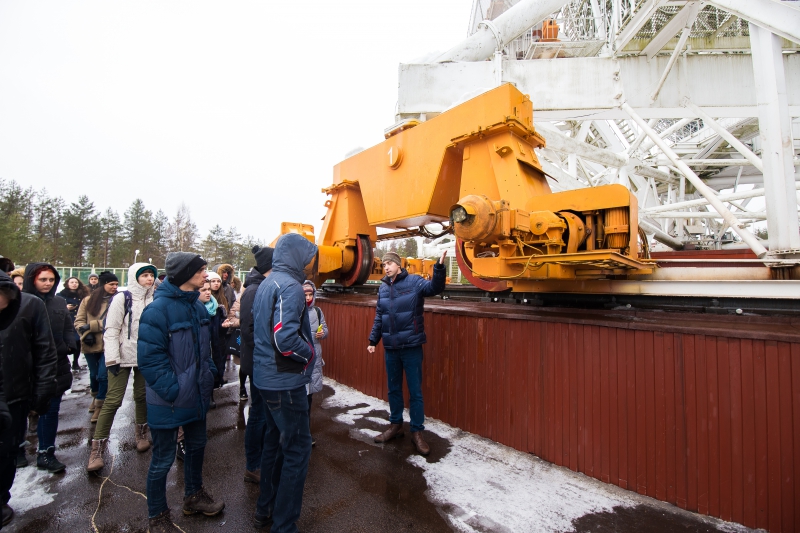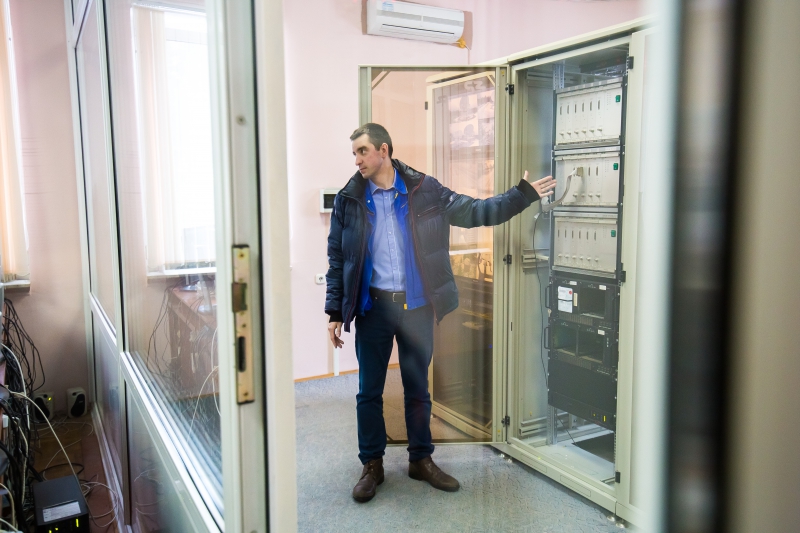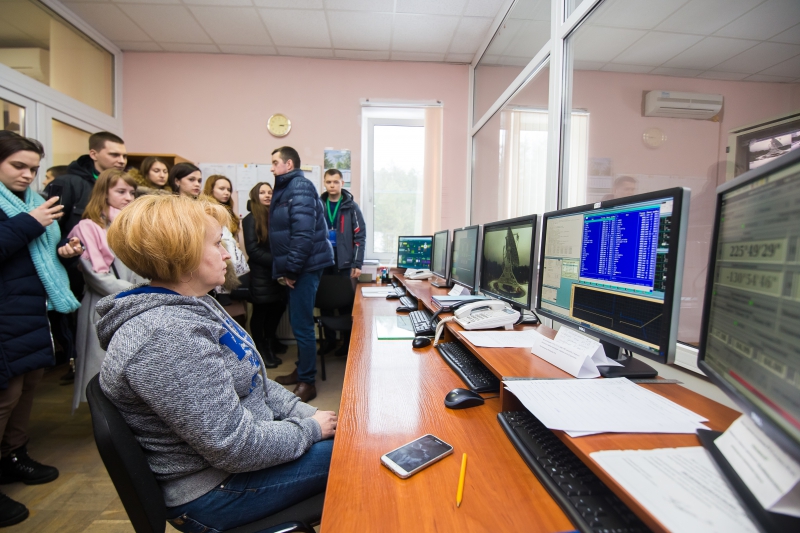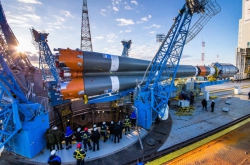What makes the observatory unique
The Institute of Applied Astronomy of the Russian Academy of Sciences (IAA RAS) is one of the world’s largest scientific organizations doing research in the field of astrometry and geodynamics. Founded in 1987 with the aim of providing the country’s systems with precise coordinates, today it’s an integral part of a wide range of Russian and international scientific projects. Over the course of more than 30 years of its existence, the Institute has been pursuing the goal of creating the infrastructure for radio-astronomical research in Russia.
Back in the beginning of the 21st century, the IAA RAS led the construction of the unique Quasar-KVO radio-astronomical complex, consisting of three observatories: Svetloe in the Leningrad Oblast, Badary in Buryatia and Zelenchukskaya in Karachay-Cherkessia. Though the IAA RAS-created telescopes work as part of a global radio-interferometric network, the Svetloe observatory allows for observations in both radio-interferometric (several telescopes working synchronously within one network) and radiometric (one telescope working independently) modes.
Why did the IAA RAS’s research call for not one, but three radio telescopes to be created? This giant triangle with the three observatories at its corners is connected into a single monitoring network with satellite communication channels as its links. Thus, the Quasar VLBI (very long baseline interferometry) network serves as one global radio telescope. What makes it unique is the fact that in its space-time resolution, the data it helps scientists to generate is equivalent to those of radio telescope with a 5km mirror diameter.

The research it carries
The Quasar-KVO complex is a basic system of fundamental timing and coordinate support for Russia’s major systems. One of the most essential tasks it performs is high-precision monitoring of irregularities of the Earth’s rotation. Quasar-KVO also solves a variety of applied tasks. For example, the data it gathers is used in a range of space projects, namely for supporting the operation the global satellite navigation system GLONASS.
According to Alexander Isaenko, the lead engineer at Svetloe, the observatory’s specialists work on the creation of ultra-precise coordinate grid, both terranean, of the Earth’s surface, and superterranean, of the space above. The superterranean grid is built first, after which it’s superimposed on the Earth’s surface, allowing the specialists to get the most exact coordinates possible. Another task that the observatory works on is the ultra-precise measuring of world time.
In addition to that, the specialists at Svetloe also conduct astrophysical research, such as the monitoring of extragalactic radio-sources (quasars). As part of this strand of activity, the observatory’s radio telescope participates in the EVN sessions. Analogous to Quasar-KVO, EVN, short for European VLBI Network, is the European very long baseline interferometry network, which represents an interferometric array of radio telescopes scattered all over Europe. It allows for unique, high angular resolution radio-astronomical observations of cosmic radio-sources. Such sessions last for two weeks which see both the telescope and the specialists working around the clock to deliver results.

“The main advantage of radio astronomy is the angular resolution it operates on. No optical object will give you the same result. Spatial resolution defines the extent of how small and faraway will the points you’ll be able to see in space, and here possibilities of optical telescope are nowhere as great as those of radio telescopes,” explains the expert.
How the system operates
The three permanently-functioning telescopes that comprise the Quasar-KVO system are equipped with impressive mirrors that are 32 meters in diameter. They also include a set of high-sensitivity receivers with S- and L-band wavelengths. Cooled down to extra-low temperatures by helium vapors, they allow to receive radiation from both natural radio-sources and spacecraft. The receiver complex is handled remotely, from the radio telescope’s central computer. Its signals are processed and analyzed with all the meteorological data taken into consideration.
Radio interferometric-mode observations are the most difficult for the radio telescope to manage, as these last for days and consist of continuously repeating cycles. But despite it being technically challenging, both this mode of observation and the recording of the signals it obtains are fully automated. The three-element network of observatories is connected to the Correlation Processing Center, which is located in the IAA RAS’s St. Petersburg headquarters. It is here that the primary processing and analysis of data takes place.
Though these are the centerpieces of the whole complex, radio telescopes aren’t the only elements Quasar-KVO consists of. Also included are satellite laser diastimeters, geodesic GPS signal receivers, GLONASS, high-speed fiber-optic transmission lines and other integral parts.
Future prospects

In 2018, Svetloe welcomed a new addition to its complex space monitoring apparatus: a next-gen radio telescope RT-13. It works in conjunction with two similar devices in the Zelenchukskaya and Badary observatories, which were piloted two years earlier.
All three radio telescopes are property of the Institute of Applied Astronomy and have the same construction and 13-meter mirror diameter, which is reflected in their name. Situated at a long distance from one another, the trio targets the quasars that are as far away from the Earth as possible, with special software making all the calculations used in global navigation.
Once the telescopes are fully synchronized, the data they submit will be processed in St. Petersburg via one of the most powerful computers in Russia. According to the specialists at Svetloe, the third 13-meter telescope will bring about a significant expanding of the complex’s opportunities as its continues to provide the GLONASS system with ultra-accurate data
“Currently, our world time definition system works with 30 microsecond precision, which is two times higher than that of analogous international radio interferometers with an equivalent baselines. Expanding Svetloe with a third radio telescope allows us to significant improve the accuracy of how the Earth’s rotation parameters are measured, as well as to ensure the reliability and stability of these values,” states the IAA RAS.





